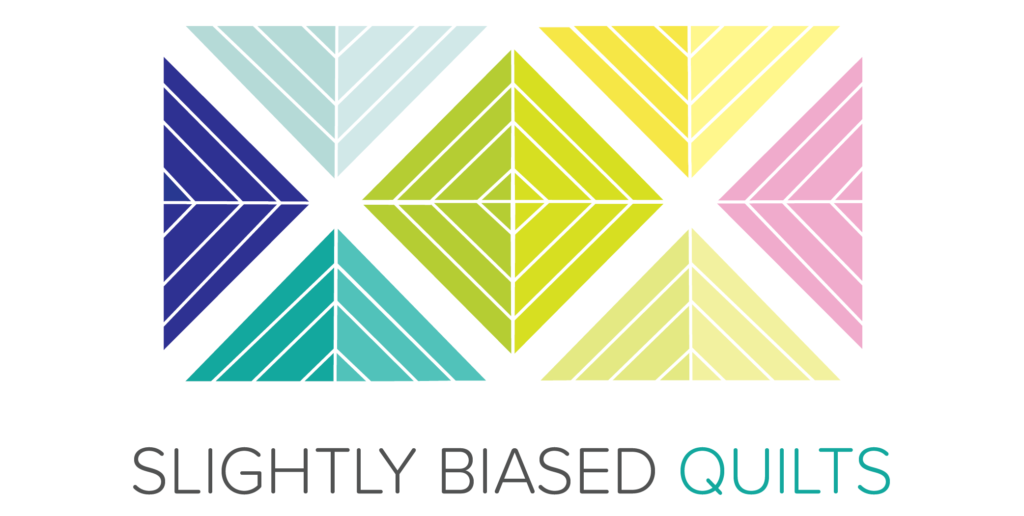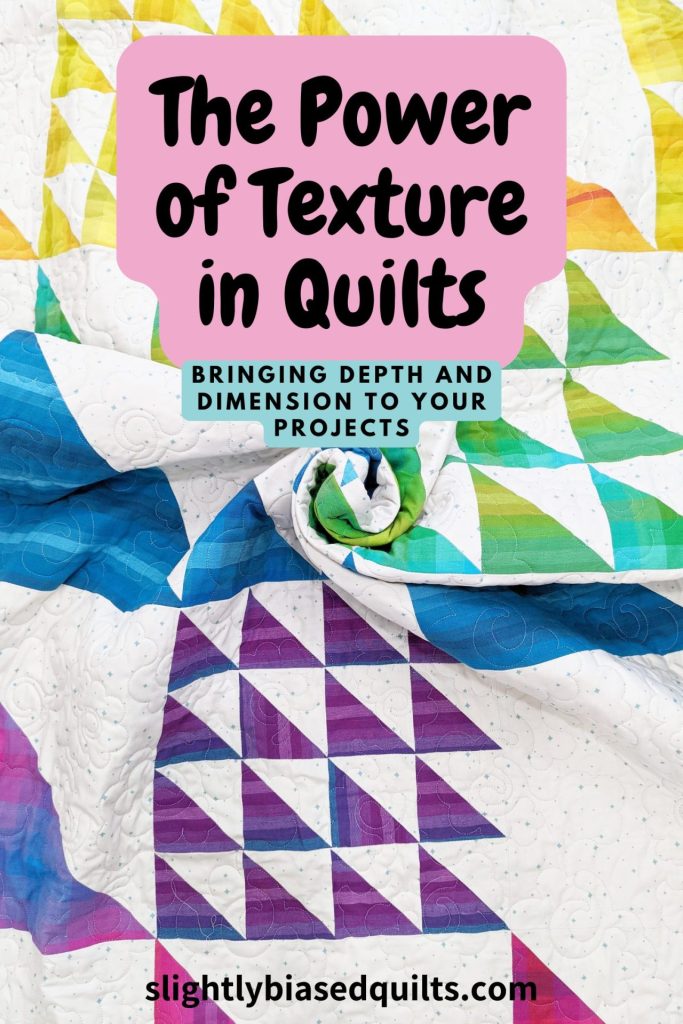
When we think of quilts, color and pattern often come to mind first. But one element that can completely transform a quilt—and take it to the next level—is texture. Whether through the fabrics you choose or the quilting stitches you use, texture adds depth, dimension, and tactile interest to your projects.
Fabric Texture: Making the Right Choices
The fabrics you use in your quilt top can dramatically change the look and feel of the finished piece. If you want to add texture to your quilt from the very beginning, consider mixing different types of fabrics. While cotton is the go-to for many quilters, exploring fabrics with varied textures opens up a world of creative possibilities.
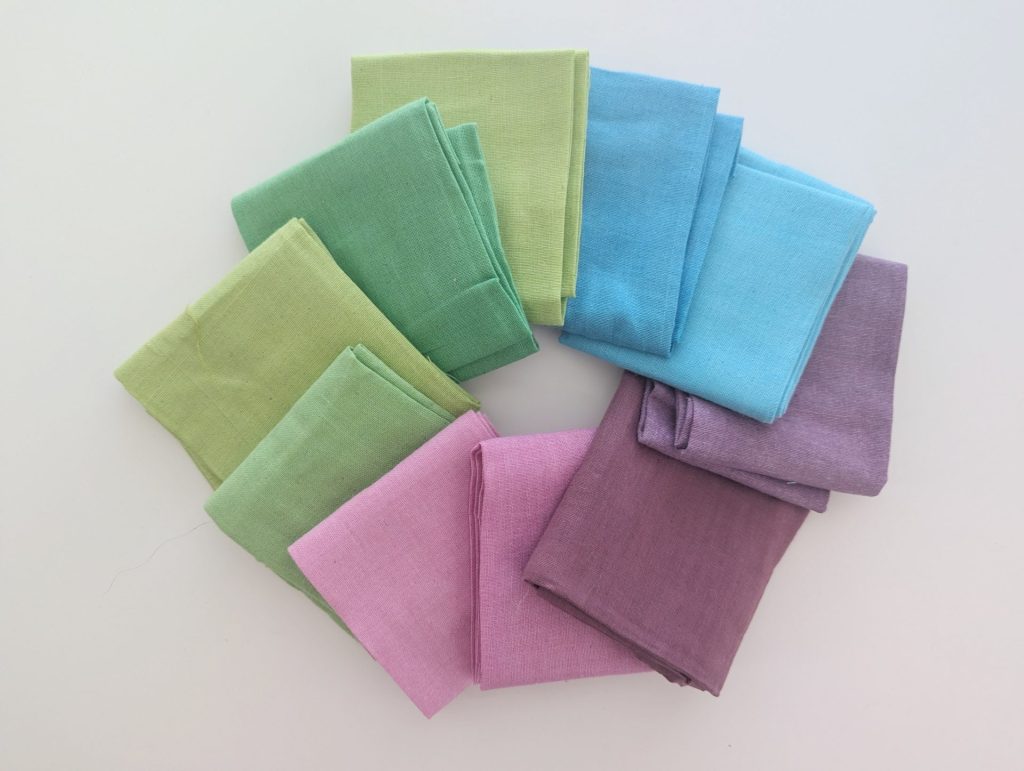
Wovens: One of my favorite ways to add texture is by using woven fabrics. Unlike printed fabrics, wovens have a texture that’s intrinsic to their weave, creating a subtle yet impactful effect on your quilt top. They can bring a rustic, homespun vibe, or a soft, sophisticated look depending on the weave and color palette.
Linen: Linen is another fabric that adds instant texture to quilts. Its natural fibers and slightly uneven weave give it a relaxed, earthy feel. Quilts with linen can look effortlessly elegant, with the texture creating depth even if the design is simple.
Chambray and Denim: For a more casual, durable texture, chambray and denim work wonders. These fabrics add a sturdy feel and are especially striking when used in quilts with modern, geometric designs. They also develop a beautiful, lived-in texture over time, making them perfect for quilts you plan to use often.
Velvet and Corduroy: If you’re aiming for a more luxurious texture, try incorporating velvet or corduroy. These plush fabrics bring a softness and richness that stand out, especially when used sparingly in contrast to cotton or linen. Think accent blocks or borders where the texture can really shine.
Quilting Stitches: Texture Through Design
Beyond fabric choices, the way you quilt your project plays a huge role in adding texture. The stitches create dimension as they pull the layers together, making the quilt a feast for both the eyes and the fingers. Here are a few quilting techniques that help add texture:
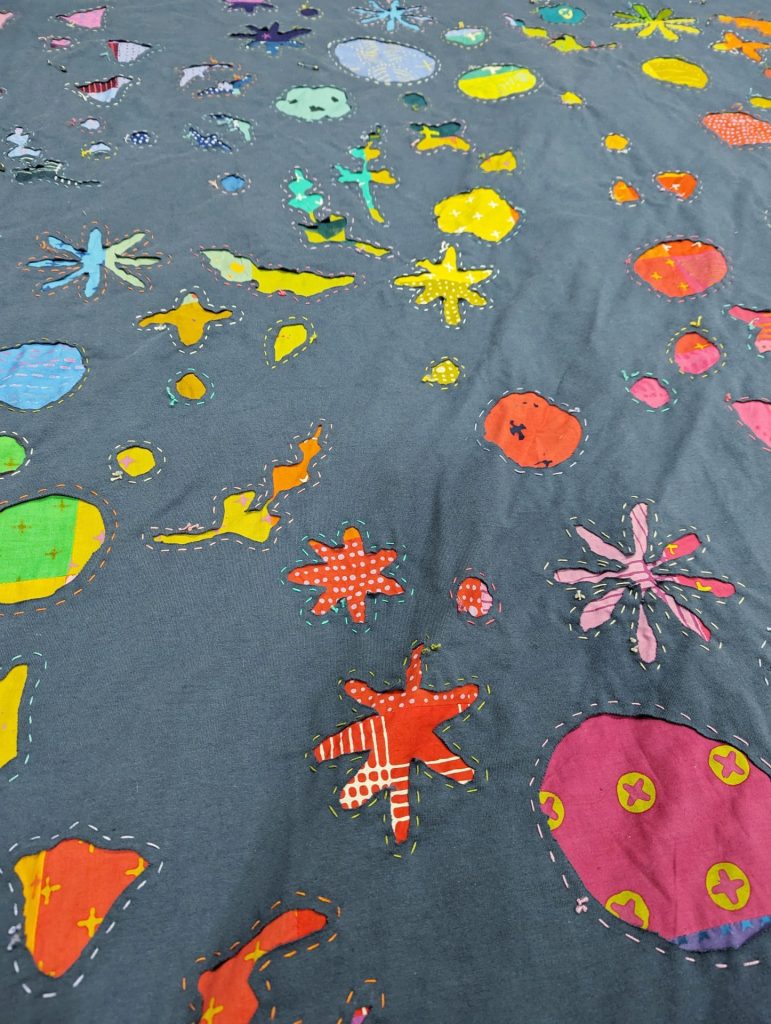
Big Stitch Quilting: I’m a big fan of big stitch quilting for adding a bold, handmade texture to quilts. By using thicker thread and longer stitches, this method makes the quilting lines stand out more prominently, almost like a feature in and of themselves. It gives a quilt a folk-art feel while adding lovely tactile texture.
Dense Quilting: For those who love intricate quilting, dense quilting patterns create a texture-rich surface. The more quilting lines you add, the more your quilt will “crinkle” after washing, giving it a beautifully textured, quilted look. Patterns like stippling, cross-hatching, or tight spirals create an all-over texture that’s soft yet structured.
Trapunto Quilting: If you really want to push texture to the extreme, try trapunto quilting. This method involves adding extra padding or batting in certain areas of the quilt top to create raised, puffy designs. The result is a three-dimensional quilt that looks sculpted and dramatic.
Chenille-It is a fantastic way to add rich texture and depth to your quilt, bringing a dimensional, tactile quality that’s both eye-catching and cozy. This fabric trimming method involves layering and stitching strips that bloom beautifully after washing, creating a soft, fluffy chenille effect on your quilt’s surface. With Chenille-It, you can add texture along the edges of quilt blocks, around appliqués, or even as a unique border. It’s an ideal choice for quilters looking to introduce a new layer of visual interest without the bulk, giving your quilt a warm, vintage feel with modern versatility.
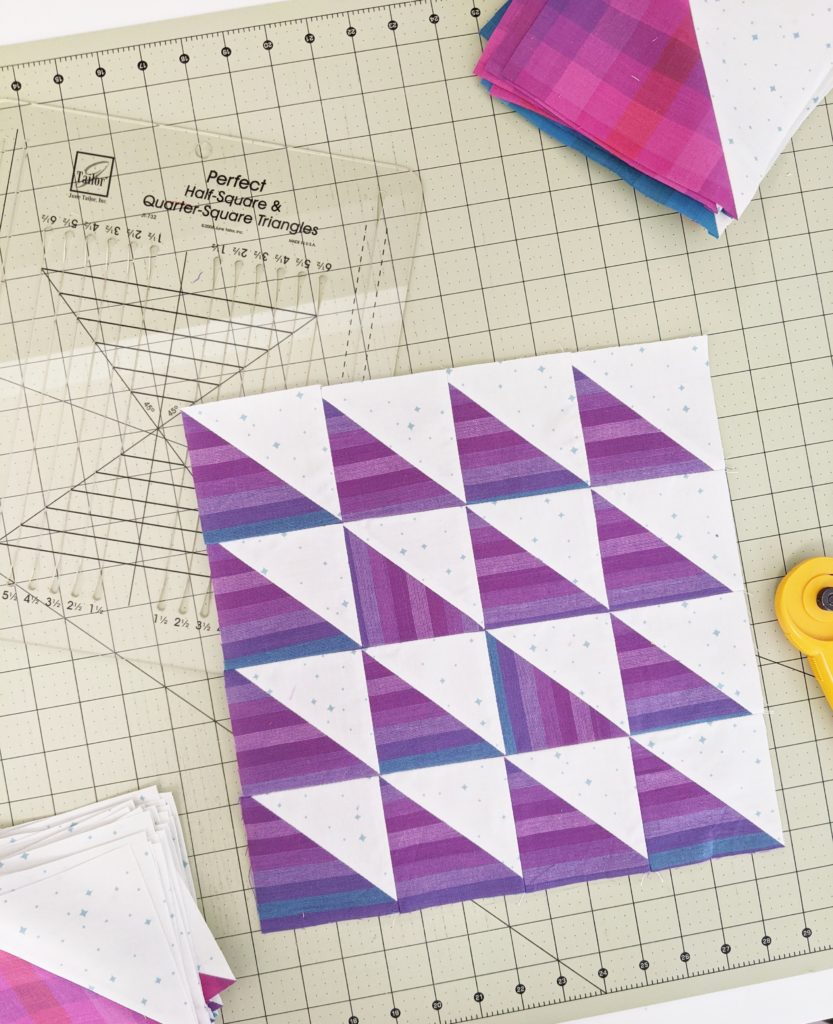
Combining Fabric and Quilting for Maximum Texture
One of the best ways to maximize texture in your quilt is to combine textured fabrics with textured quilting. For instance, pairing woven fabrics with a bold hand-quilted design can create a quilt that looks just as interesting up close as it does from a distance.
If you’re using smoother fabrics like cotton for most of your quilt, you can introduce texture through the quilting motifs. A simple cotton quilt top can take on an entirely different personality depending on whether you use a free-motion quilting design, a straight-line geometric pattern, or even hand-stitched sashiko designs.
On the flip side, if your quilt top already has textured fabrics—like linen or velvet—you may want to opt for simpler quilting designs so that the fabric itself is the star of the show. Sometimes, just a few quilting lines are all you need to enhance the texture already present in the fabric.
Binding for Texture
Don’t forget that texture can also be added in the finishing stages of your quilt! Big stitch binding is an excellent way to bring another layer of texture to your edges. Using thick thread to hand-bind your quilt not only adds visual interest, but also gives it a charming, tactile finish.
Texture in Modern Quilts
Modern quilters often play with texture to create contrast in their designs. Think about a monochrome quilt—where texture becomes the focal point instead of color. A quilt in varying shades of one color, combined with different fabric textures like wovens and cotton, can be striking and sophisticated. Then, adding contrasting quilting stitches—like a dense quilted area paired with a loosely quilted section—further enhances the texture in a minimalist design.
Incorporating texture into your quilts allows you to express creativity in a tactile way, turning a flat design into a rich, dimensional piece of art. Whether you’re using woven fabrics for a natural feel or adding bold hand quilting for an extra layer of visual interest, texture is one of the most versatile and impactful elements in quilting. What’s your favorite way to bring texture into your quilts?
